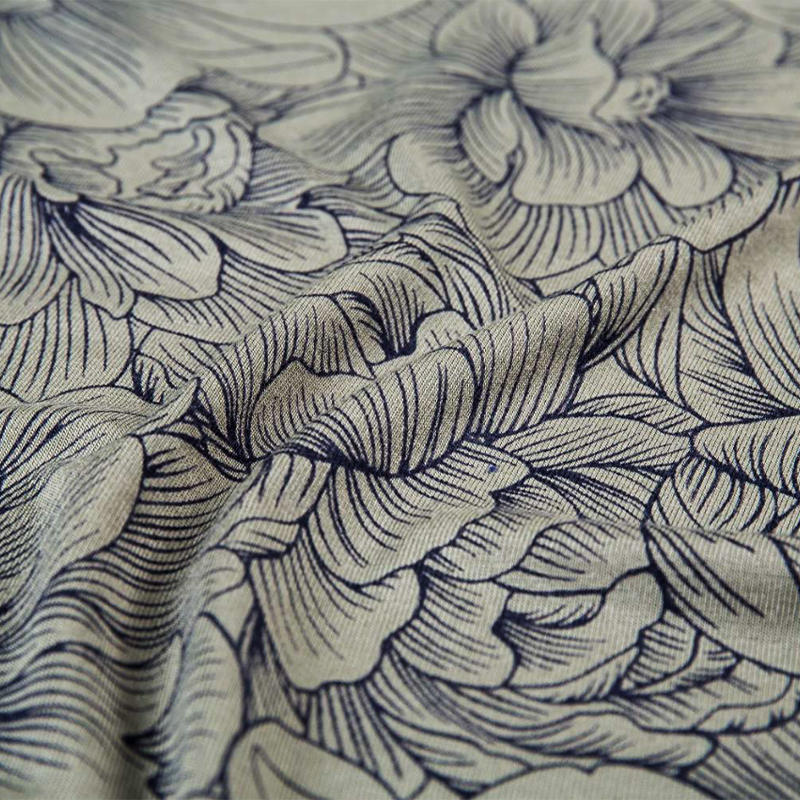Blended jersey clothing fabrics are blended mainly for the comprehensive consideration of optimizing fabric performance, meeting the diversified needs of the market and improving the cost performance.
From the point of view of performance optimization, blending can fully combine the advantages of different fibers. Natural fibers such as cotton, wool, etc., often have good air permeability and moisture absorption, comfortable to wear; Synthetic fibers such as polyester, nylon, etc., have excellent wear resistance, wrinkle resistance and easy care characteristics. By blending, the fabric can maintain the comfort of natural fibers while providing the durability of synthetic fibers, thereby improving the overall performance of the fabric.
Blended processing is also in line with the diversification of market demand. Different consumers have different needs for clothing fabrics, some people like soft and comfortable fabrics, and some people pay attention to the appearance and functionality of fabrics. Blended fabrics can flexibly adjust the proportion and combination of fibers according to market demand to meet the individual needs of different consumers.

From the point of view of cost performance, blend treatment helps balance the cost and performance of the fabric. In some cases, the use of a single high-performance fiber may increase the production cost, while blending can achieve good performance of the fabric at a lower cost through a reasonable mix of different fibers, thus improving the market competitiveness of the product.
Blended jersey clothing fabrics can not only optimize the performance of the fabric, but also meet the diversified needs of the market, but also improve the cost performance of the product, so it has been widely used in actual production.
From the point of view of performance optimization, blending can fully combine the advantages of different fibers. Natural fibers such as cotton, wool, etc., often have good air permeability and moisture absorption, comfortable to wear; Synthetic fibers such as polyester, nylon, etc., have excellent wear resistance, wrinkle resistance and easy care characteristics. By blending, the fabric can maintain the comfort of natural fibers while providing the durability of synthetic fibers, thereby improving the overall performance of the fabric.
Blended processing is also in line with the diversification of market demand. Different consumers have different needs for clothing fabrics, some people like soft and comfortable fabrics, and some people pay attention to the appearance and functionality of fabrics. Blended fabrics can flexibly adjust the proportion and combination of fibers according to market demand to meet the individual needs of different consumers.

From the point of view of cost performance, blend treatment helps balance the cost and performance of the fabric. In some cases, the use of a single high-performance fiber may increase the production cost, while blending can achieve good performance of the fabric at a lower cost through a reasonable mix of different fibers, thus improving the market competitiveness of the product.
Blended jersey clothing fabrics can not only optimize the performance of the fabric, but also meet the diversified needs of the market, but also improve the cost performance of the product, so it has been widely used in actual production.





.jpg?imageView2/2/format/jp2)
_.jpg?imageView2/2/format/jp2)




